The only accurate information in Newcastle University’s newly touted “independent assessment” of koala conservation is the disclaimer: “no responsibility or liability for any information, opinions, or commentary contained herein, or for any consequences of its use, will be accepted by the University” — even though It was publicly funded through three New South Wales government organisations.
Three of four statements in the first paragraph are incorrect:
The koala is one of the iconic, national symbols of Australia but is currently listed as a vulnerable species and populations of koalas are in decline across the country. The major issues for koalas are clearing, fragmentation and degradation of habitat, disease, natural disasters, roads, dogs and over-browsing. The 2020 NSW Parliamentary Inquiry into Koala populations and habitat in New South Wales found that koalas will become extinct in NSW before 2050 without urgent government intervention. Critically, this assessment was based on evidence presented to the Inquiry before the bushfires in the summer of 2019/2020.
Koalas are listed as vulnerable in the ACT, NSW and Queensland, but not in Victoria or South Australia. One unsustainably dense population in NSW and two or three in Queensland crashed during the Millennium Drought when leaves shrivelled up. The same thing had happened in all states during the Federation Drought a century earlier. Other populations in all states continue to irrupt and will crash or burn during future droughts. The koala is an irruptive species which is in absolutely no danger of extinction.
There is more koala habitat with more koalas than before Europeans arrived. Acclaimed historian Bill Gammage identified that their habitats were “distinct, lightly populated and few”. My research unravelled the causes of irruptions after European pastoralists occupied grassy woodlands and foresters established dense regrowth and plantations. Were they not so cute, koalas would be called a pest species.
Low-density populations have chlamydia but remain healthy. Chlamydiosis and overbrowsing are consequences of malnutrition and stress in dense populations. Collisions with vehicles and dog attacks are results of overcrowding rather than causes of decline. Dingoes, wild dogs, foxes and even carpet pythons have irrupted at various places and times in response to rapidly increasing koala populations.
The Inquiry did find that koalas are headed for extinction. This is one of ten findings that are scientifically incorrect. However, the findings were “based on” and contradicted by evidence presented before, during and after the Black Summer Holocaust.
The University’s assessment is risible. Massive waste of public monies is counted as economic output. Tourism and jobs have always declined in areas gifted with new national parks, leaving a trail of ghost towns from Grevillia in the north to Mathoura in the south. Despite having koalas, people stopped visiting the red gum in droves when they were no longer allowed to have fun. After drawing lines on maps, the next step is always blocking access and restricting recreational activities.
Increasing numbers of koalas in old forests are a sign of forest decline and dangerous fuel accumulation. Scrub smothers biodiversity. NPWS claimed that a new koala park near Campbelltown helped to save the endangered broad-headed snake. This snake is extinct in Ku-ring-gai National Park and declining further south because explosive scrub has choked out its basking habitat.
Using koalas to promote green ideology is causing great suffering to people, koalas themselves and other animals.
Vic Jurskis is a former senior NSW Forestry Commission professional forester. In 2004 he was awarded a Fellowship by the Joseph William Gottstein Memorial Trust, to investigate eucalypt decline across Australia. He has published two books, Firestick Ecology, and The Great Koala Scam, both available from Connor Court.
Got something to add? Join the discussion and comment below.
Get 10 issues for just $10
Subscribe to The Spectator Australia today for the next 10 magazine issues, plus full online access, for just $10.

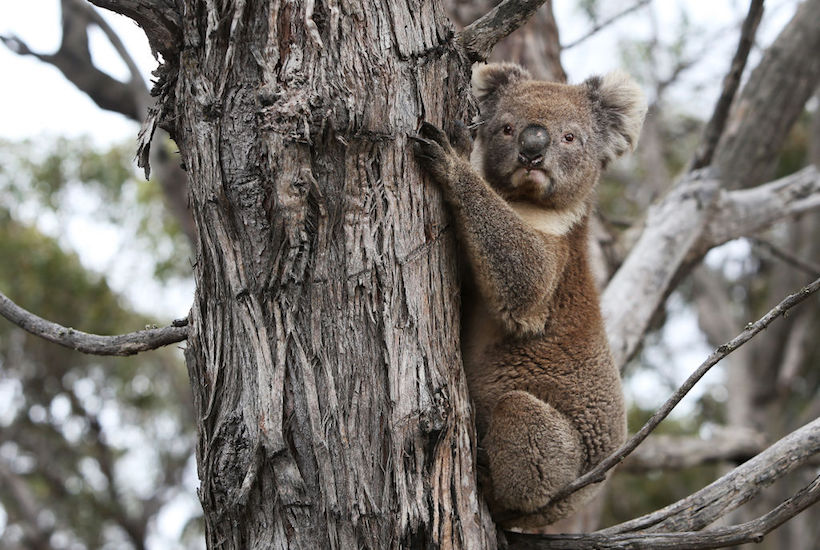
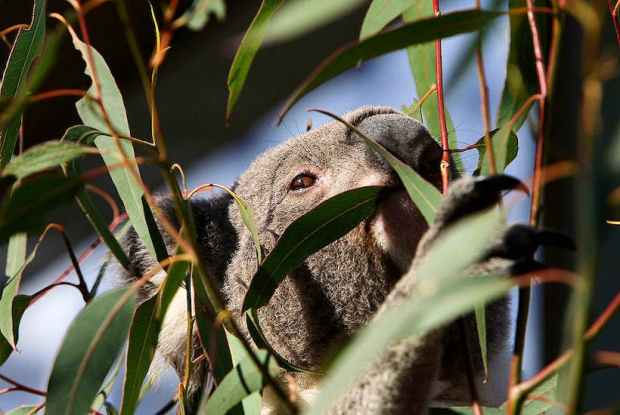
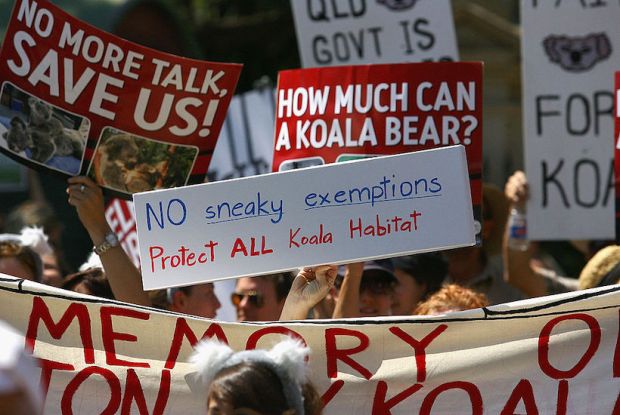
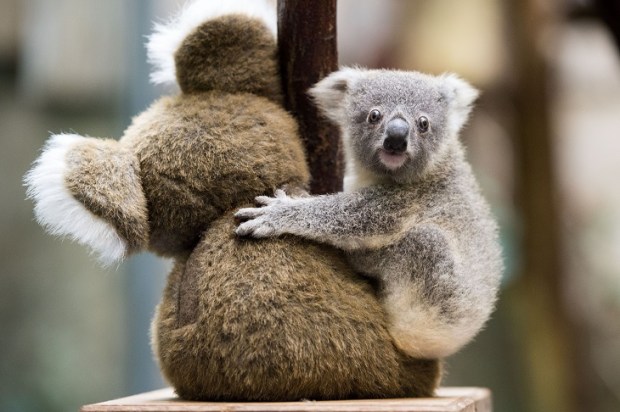
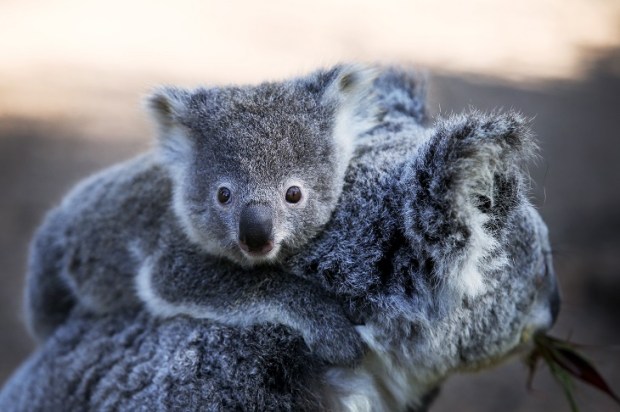
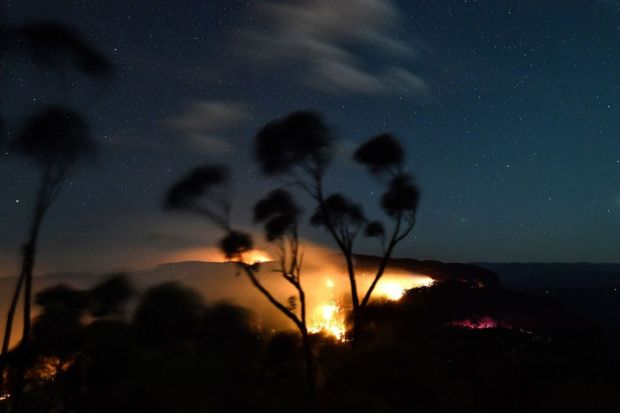



















Comments
Don't miss out
Join the conversation with other Spectator Australia readers. Subscribe to leave a comment.
SUBSCRIBEAlready a subscriber? Log in